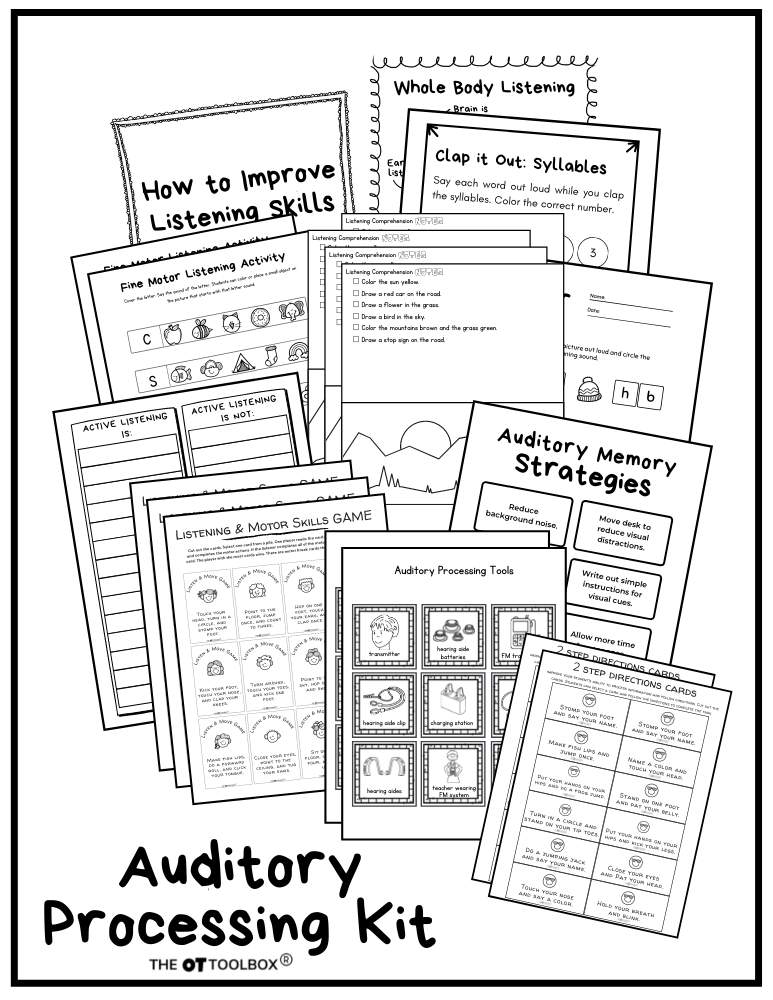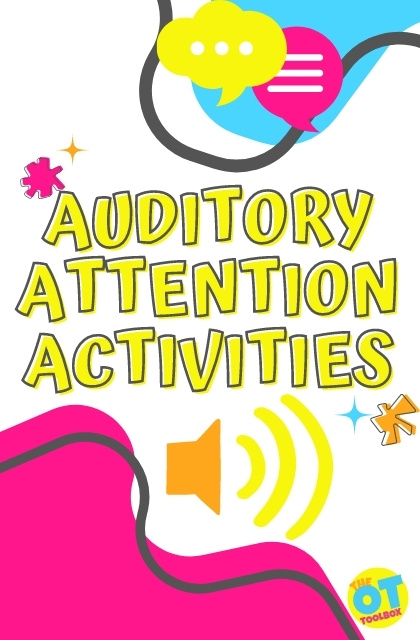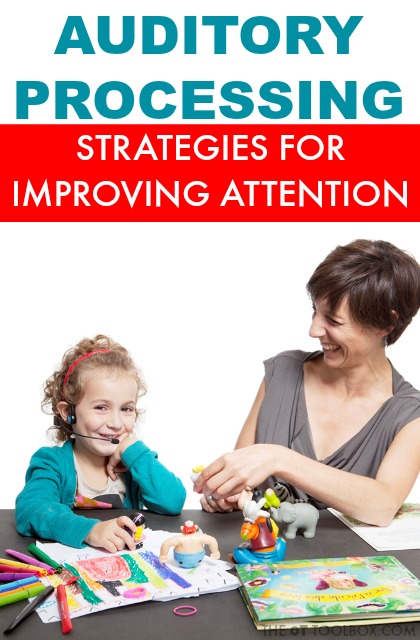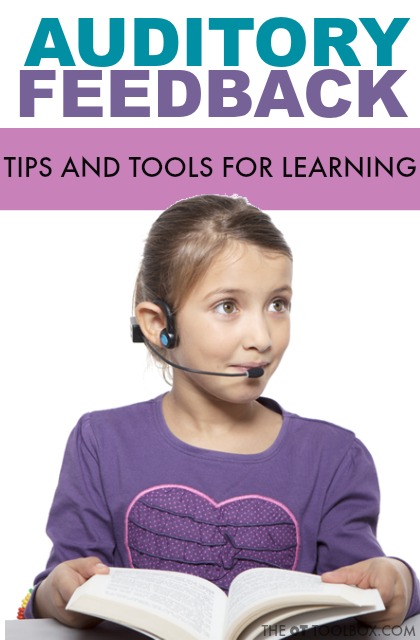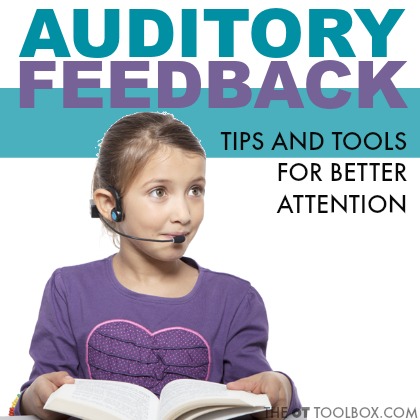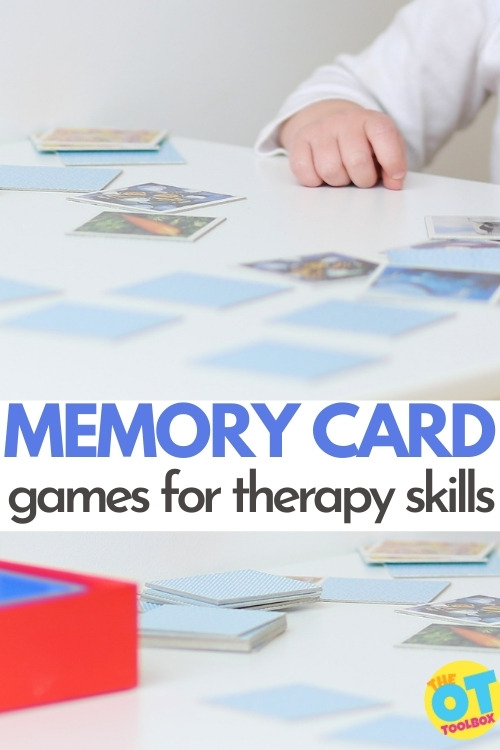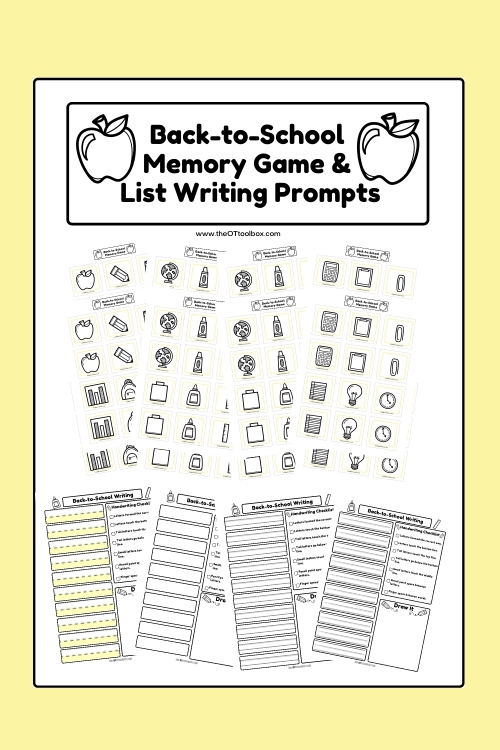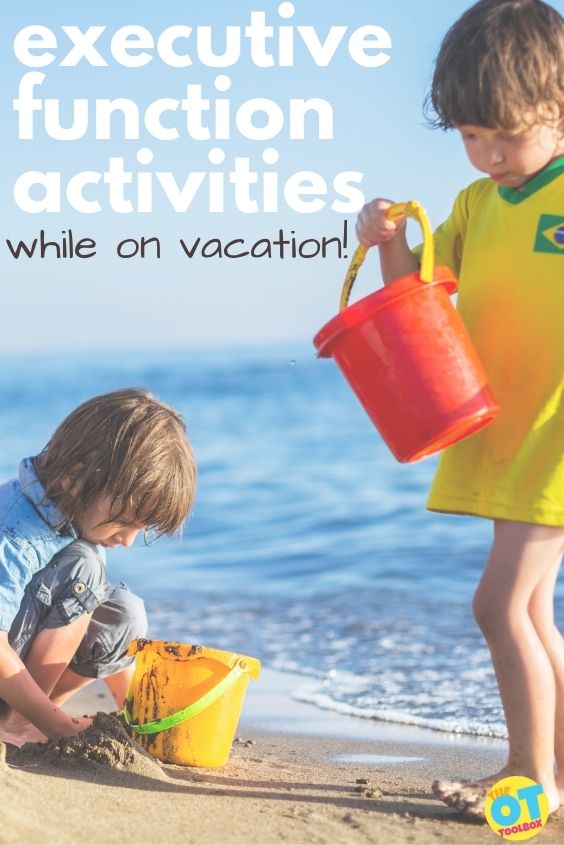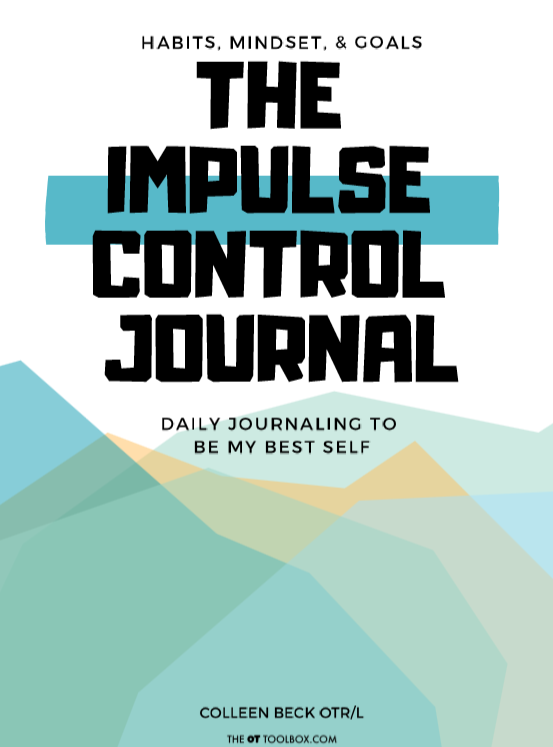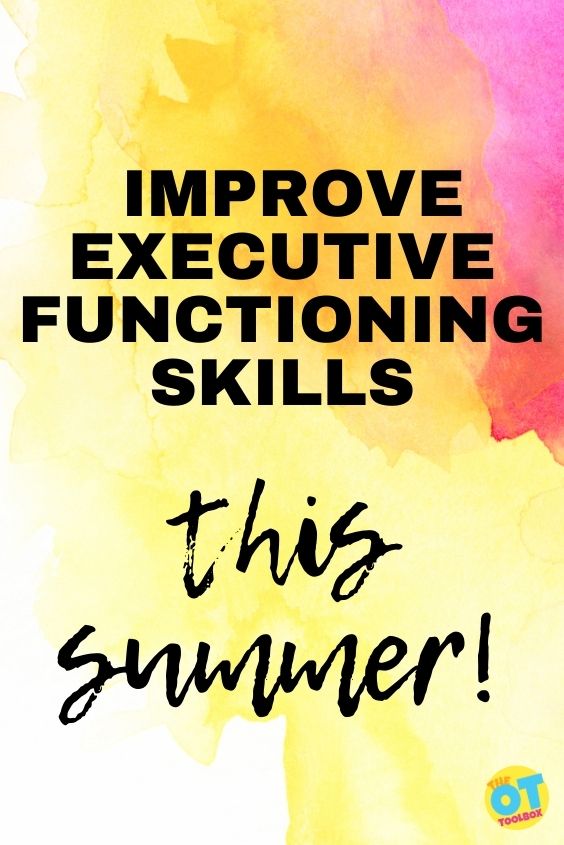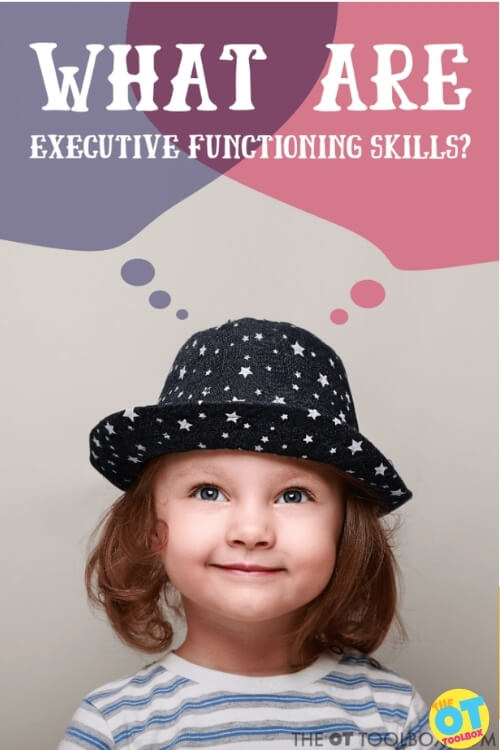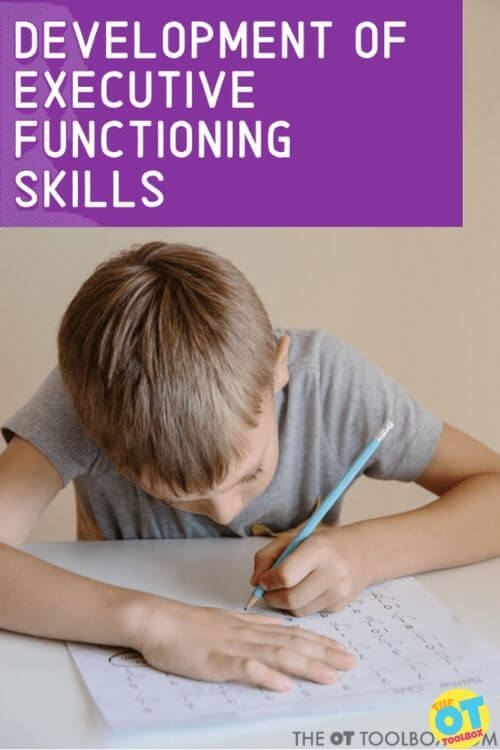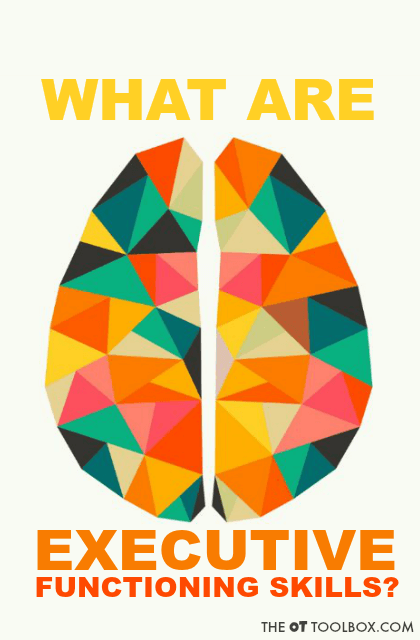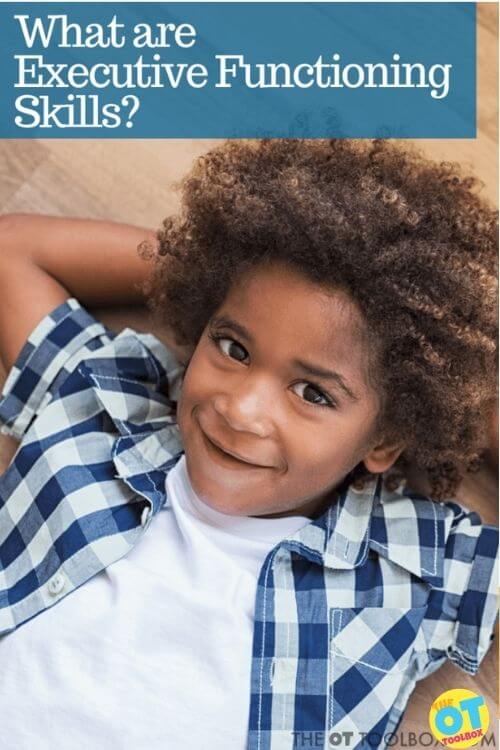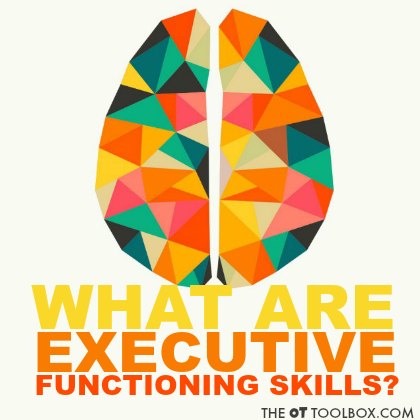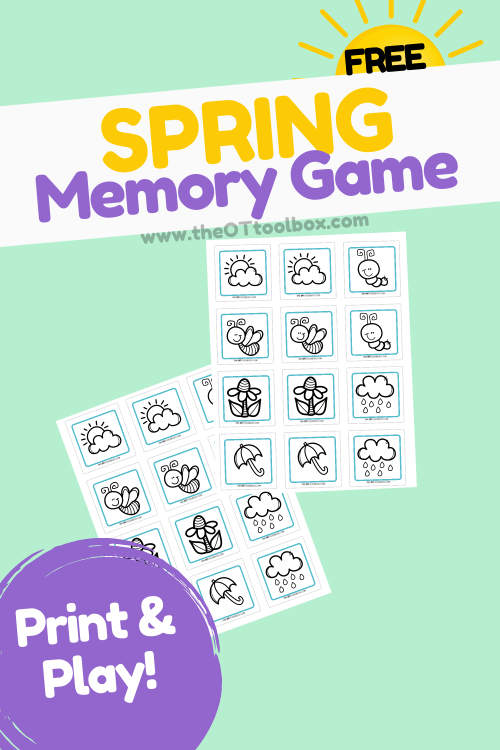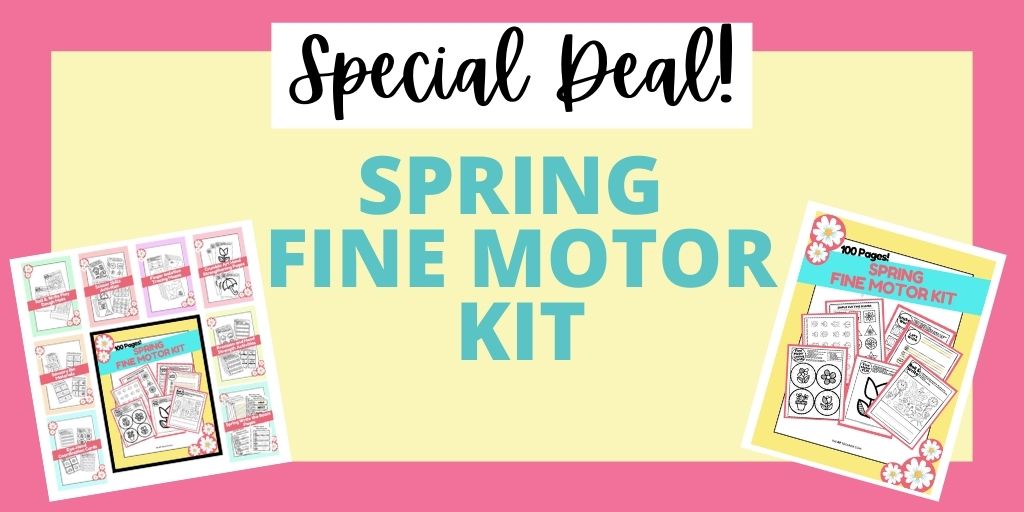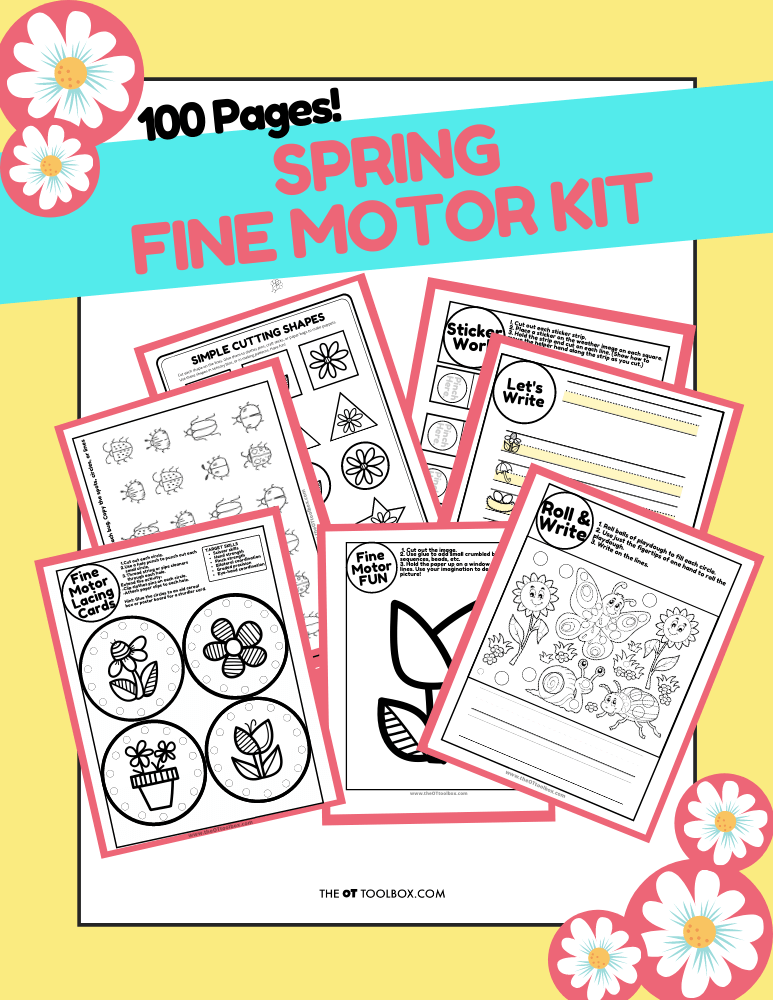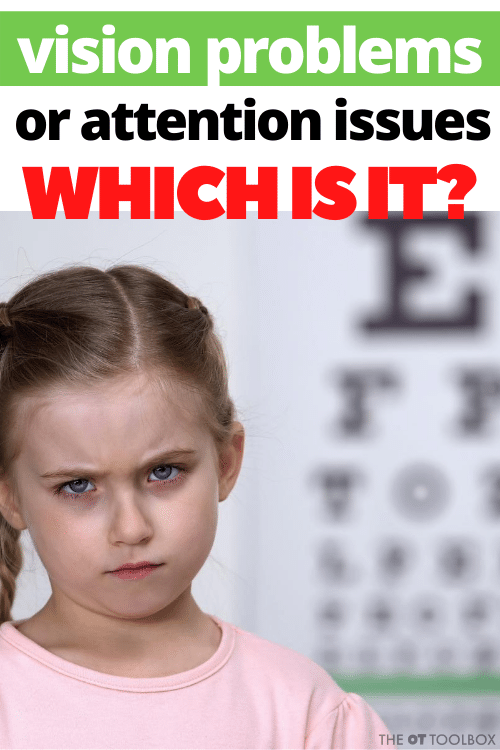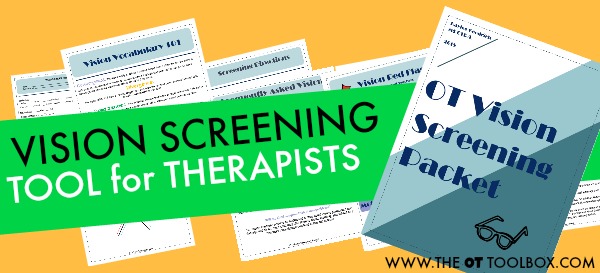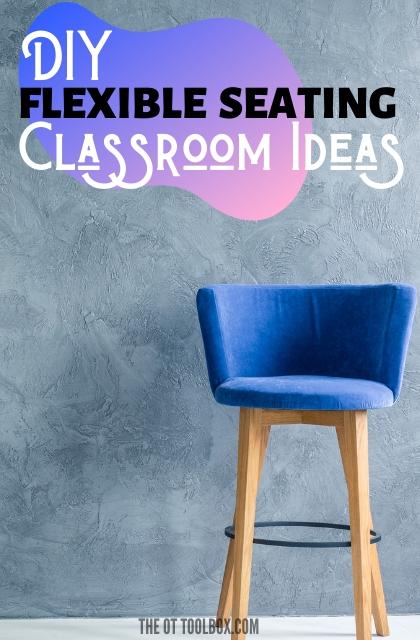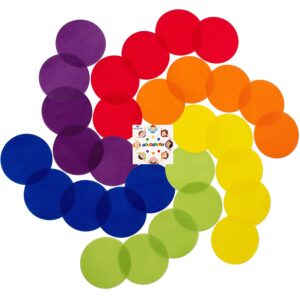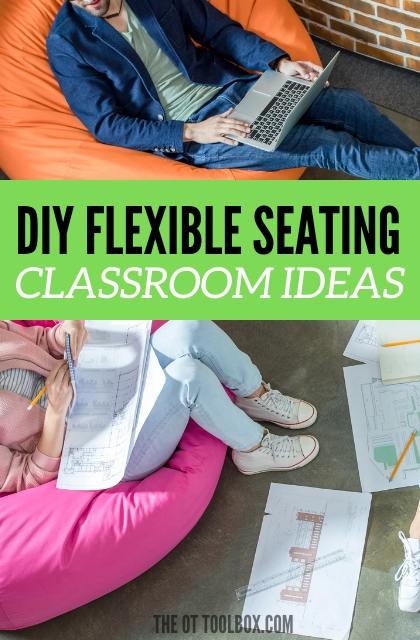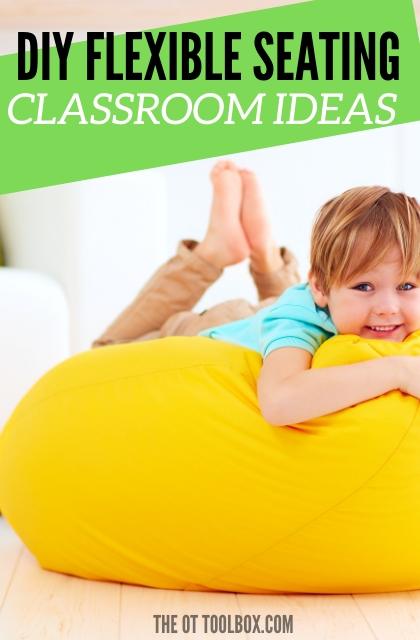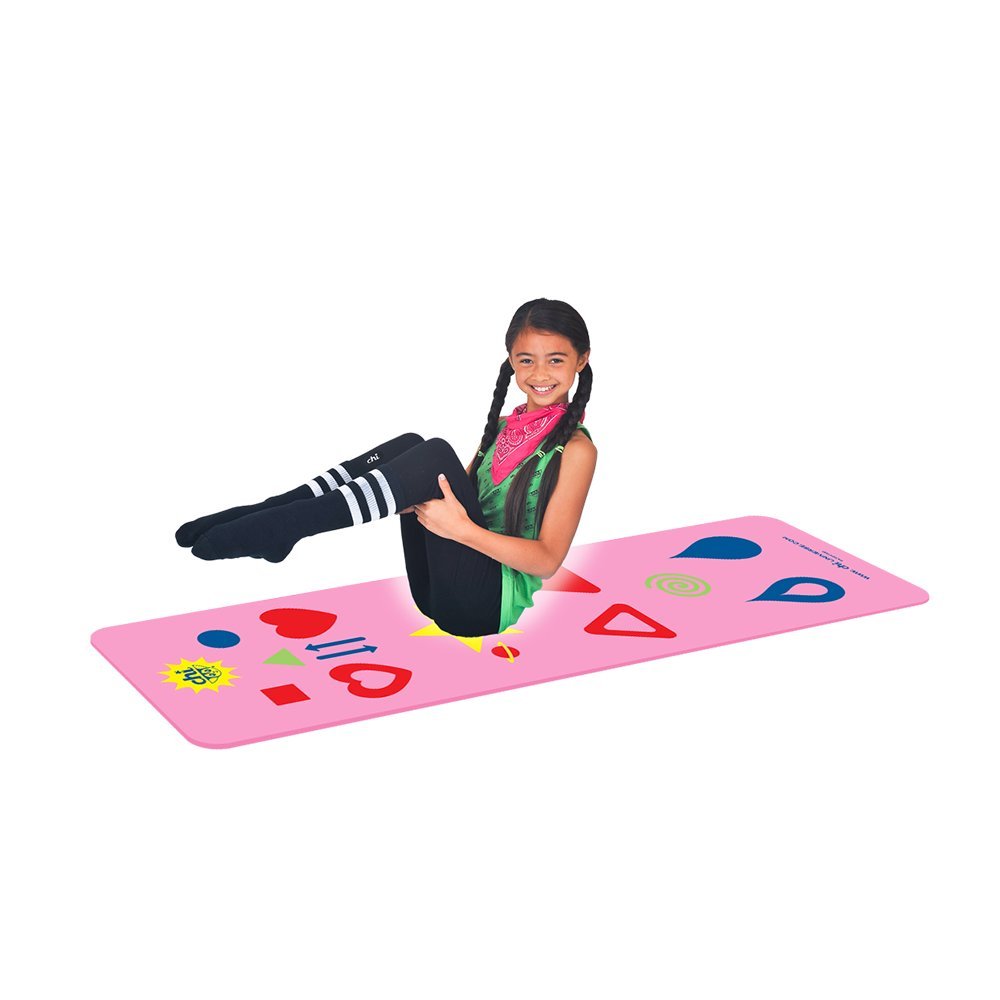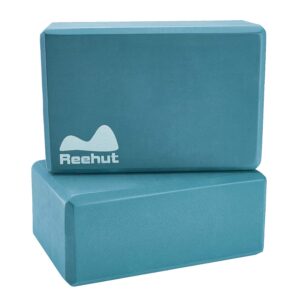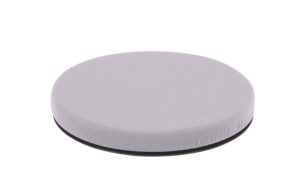This blog discusses the importance of receptive language and how it impacts development. Learn why understanding directions directly correlates to a child’s behaviors. You will discover receptive language activities to support preschoolers in complying with age appropriate requests. Read in this blog how auditory processing and attention play a huge role in receptive language.
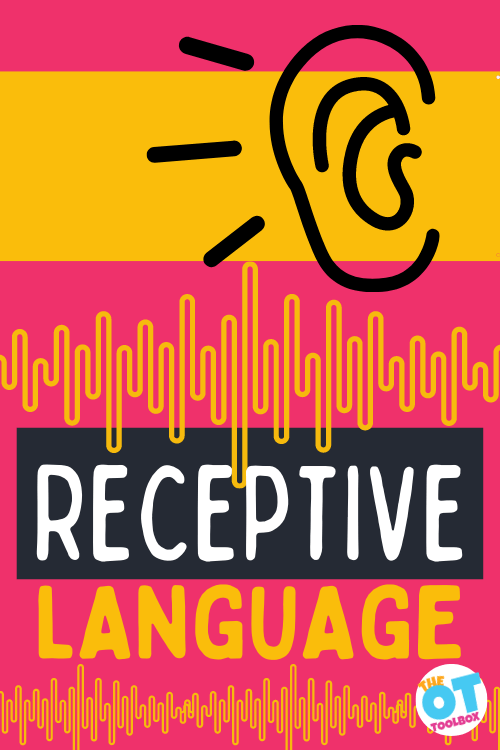
What is Receptive Language?
Receptive language refers to how we understand spoken words, the language around us, and the ability to hear/understand/comprehend spoken language. Language is needed for learning, play, communication with others, understanding directions, safety, and participation in everyday activities. Functional participation requires receptive language in order to thrive and communicate wants, needs, thoughts, and ideas.
Receptive language can include spoken, written, and implied language. It is the intake of information, therefore receptive language can include un-spoken words.
How about Expressive Language?
Receptive language is the information that is taken in.
Expressive language, in contrast, refers to the use of language to communicate with others. Expressive language is “expressed” through speech, sign, written words, picture symbols, gestures, body language, or alternative forms of language to communicate wants, needs, thoughts and ideas.
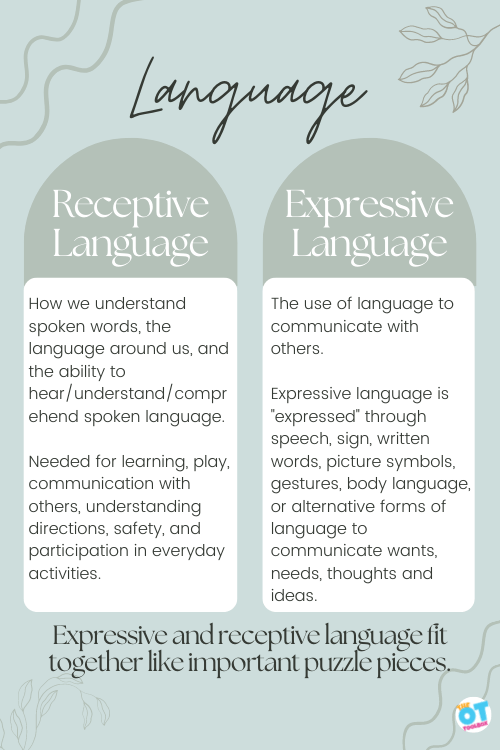
Receptive and Expressive Language
Expressive and receptive language fit together like important puzzle pieces. Any form of communication such as sign language, alternative forms of communication, and non-verbal cues, are types of both receptive language and expressive language.
There are many different components that affect a child’s behavior, including the environment, co-regulation, sensory needs, emotional vocabulary development, relationships, and developmental milestones.
As children develop, their comprehension skills and ability to interact with the world changes.
Receptive and Expressive Language in Tantrums
Miscommunication occurs between adults and preschoolers when children are given directions in ways they don’t understand. When a child has difficulty with understanding what is asked of them, the result is often a tantrum. The same is true when a young child does not have the words to express themselves.
There are many reasons why preschoolers have difficulty following directions, or responding to age appropriate prompts. Sometimes they do not understand the directions.
Other times, toddlers do not want to do what is asked of them. When they are upset, overwhelmed and uncooperative, give children the tools to settle down.
Once a child has calmed down, try giving the direction again. Encourage them to use words to communicate why they are feeling frustrated about the direction, and if they have a different idea on how to complete a task.
You can see how the receptive language input and expressive language communication output, along with auditory processing, or sensory processing of auditory input, all connect and impact one another as they play a role in tantrums vs. sensory meltdowns. It is all connected!
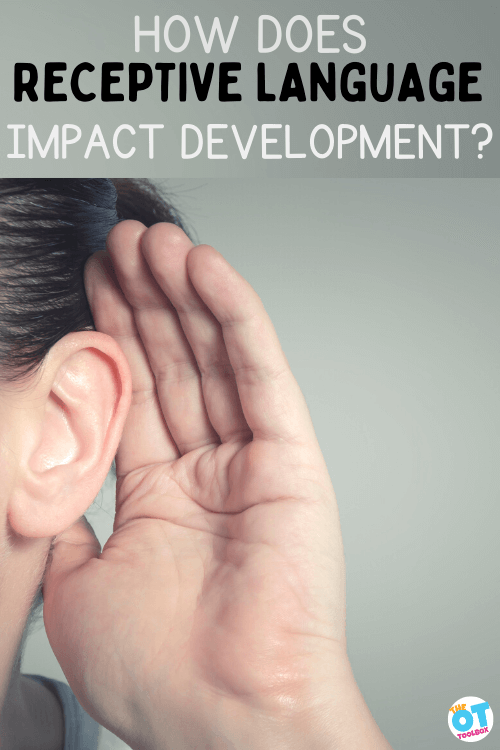
Receptive Language Development
Toddlers and preschoolers learn new words at a rapid rate. One morning you may hear your child say a three word phrase, and the next day they say a five word sentence. A child’s brain is magnificent, growing rapidly through the first five years of their life. Because development is complicated, it may feel overwhelming to new parents. This article explains important milestones by age.
When children are born, they understand facial cues, the sounds and tones in voices, and follow gestures. As they grow, children start to understand pointing, hand gestures, spoken words, and picture vocabulary. Receptive language is the foundation to a child’s ability to understand what is being asked them, or others in their environment.
As children learn about the meaning of gestures and words, they are able to anticipate and respond to the needs of those in their environment. The process of how our brains collect and decode language, is complex.
When children are learning how to process language, adults can support their comprehension by providing directions in simple phrases, incorporating gestures, and being patient when a child forgets to complete a task. Being mindful of the environmental surroundings also plays a key role in making sure children are able to focus on the words being directed towards them, with minimal sensorial distractions.
For instance, if a parent yells a three-step direction from the kitchen while their four year old is watching a television show in the other room, it is likely the child did not hear the entire direction.
They may hear the first, middle, or last part of the phrase instead. When a child is given a direction that is new to them, or that they don’t fully comprehend, it may take a few moments for children to process and understand what is asked of them.
One important tip for receptive language skills is to give a child a moment to process directions before repeating them. If they still do not understand, speak slower, with shorter commands.
Students who are strong in these skills may be auditory learners.
The Anatomy behind language
This peer reviewed article on “The Functional Neuroanatomy of Language states:
- Recognizing speech sounds is carried out in the superior temporal lobe bilaterally
- The superior temporal sulcus bilaterally is involved in phonological-level aspects of this process
- The frontal/motor system is not central to speech recognition, although it may modulate auditory perception of speech
- Conceptual access mechanisms are likely located in the lateral posterior temporal lobe (middle and inferior temporal gyri)
- Speech production involves sensory-related systems in the posterior superior temporal lobe in the left hemisphere
- The interface between perceptual and motor systems is supported by a sensory-motor circuit for vocal tract actions (not dedicated to speech)
- It is very similar to sensory-motor circuits found in primate parietal lobe
- Verbal short-term memory can be understand as an emergent property of this sensory-motor circuit.”
No wonder language is so complicated!
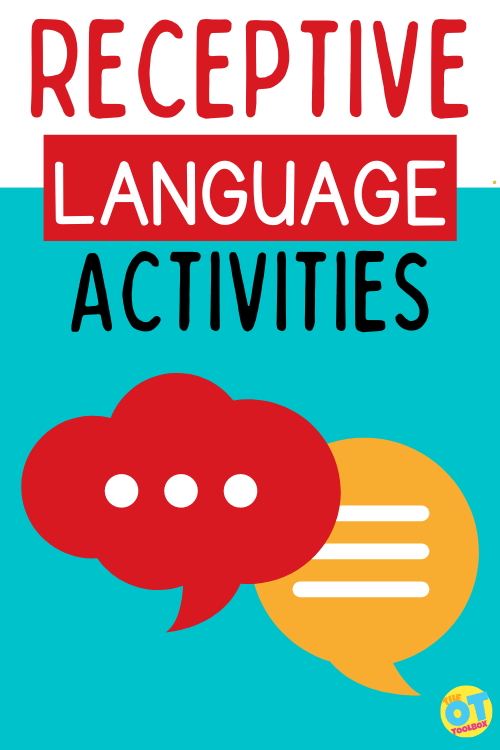
Receptive Language Activities
Focusing on receptive language activities support the development of receptive and expressive language, because these types of language are so closely tied together.
Talk–
Encourage children to take part in everyday activities to build language comprehension, understand social cues, and follow directions given to them on a daily basis.
Talk with them all the time. Have conversation in the car, name all the items in the grocery store, talk about their daily schedule, and encourage opportunities for them to express themselves.
Age-appropriate activities–
When children are provided with age appropriate cues, and a calm down spot to process their feelings, they can thrive in all aspects of development.
Focus on auditory attention during these age-appropriate tasks.
Here are nine simple ways to ensure your kids are hearing and understanding directions:
- Make sure to give directions in simple form (one step directions for children under 20 months old; two-step directions for children under three years old; three step directions for children under five years old).
- Use visual and auditory cues when giving directions, such as pointing, gestures, words and picture cues.
- Give directions when you are in front of the child, kneeling down at their level.
- Make sure you have their undivided attention (no television, music, electronics, or other distractions).
- Encourage eye contact if appropriate (some children with neuro-diverse needs have a harder time making eye contact and this is not appropriate. It is always important to address individual needs, strengths, and goals).
- Make sure what you are asking the child to do, is developmentally appropriate for their current skill level.
- Use these first/then visual cards to communicate what you are requesting.
- Implement a visual schedule to support requests around transition times. Read more about transitions for children.
- Try the activities in the Auditory Processing Kit found on the OT Toolbox. This printable resource offers tools to support listening skills, whole body listening, listening comprehension, active listening, and auditory processing needs. This printable packet contains active listening activities, hands-on strategies, activity cards, visual cards, handouts, and more.
- Try a DIY whisper phone to focus on auditory attention, sounds, and focus on a whisper.
Why is receptive language important?
Receptive language development directly affects all areas of development, from attention span, to literacy, social skills, and many more.
Receptive language development is important for:
- Learning
- Comprehension (hearing and deciphering between auditory cues- suffixes, pronunciations, tone, etc. in speech)
- Communication skills
- Social emotional development
- Safety
- Play and interaction with others
- Functional development
- Many other task and participation skills!
It’s easy to see how language challenges with nuances of receptive input can impact so many areas. These are just some of the difficulties a child with delayed receptive language development may present with.
Challenges related to receptive language include:
- Attention and concentration challenges- Sustained effort is involved in understanding language, and being able to hold that information long enough to get the task done.
- Behavior challenges- Not being able to understand and perceive directions, can result in social emotional challenges, or maladaptive behaviors.
- Literacy challenges- Reading and writing struggles can occur in the classroom with if a person has receptive language struggles.
- Social skills concerns- Participating in social situations can be difficult when engaging in reciprocal interaction with others (either verbally or nonverbally). This can impact social situations, social emotional learning, and functional participation.
- Sensory processing needs- Auditory registration of sounds, language, and information can be impacted through sensory processing disorders.
- Executive functioning requires using auditory information that is received and processed, to complete higher order reasoning and thinking skills, following directions, participating in tasks, and using working memory.
- Expressive language delays- Expressive language can be impacted by not understanding language from others (receptive language delay), because it is not accurately received correctly, in order to be processed.
- Planning and sequencing concerns- Receptive language impacts direction following, and accurate sequential completion of multi-step tasks
- Auditory Processing issues- Difficulty in the ability to hear sounds, distinguish between similar sounds or words, and separate relevant speech from background noise.
A final note on receptive language
Receptive language impacts a variety of areas of development. When teachers and other caregivers slow down speech, and support receptive language skills, all other areas of a child’s life will benefit.
Starting at birth, singing, talking, and reading to children, helps develop neuron and synapse development in the brain.
Don’t forget to check out all of the great resources on the OT Toolbox, including the Auditory Processing Tool Kit.

Jeana Kinne is a veteran preschool teacher and director. She has over 20 years of experience in the Early Childhood Education field. Her Bachelors Degree is in Child Development and her Masters Degree is in Early Childhood Education. She has spent over 10 years as a coach, working with Parents and Preschool Teachers, and another 10 years working with infants and toddlers with special needs. She is also the author of the “Sammy the Golden Dog” series, teaching children important skills through play.


